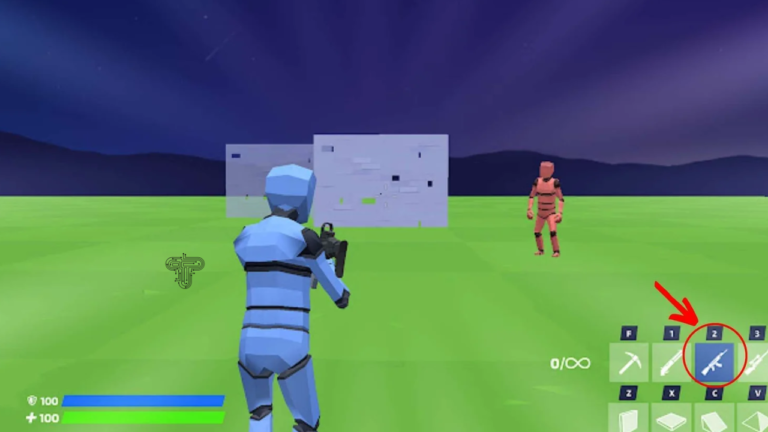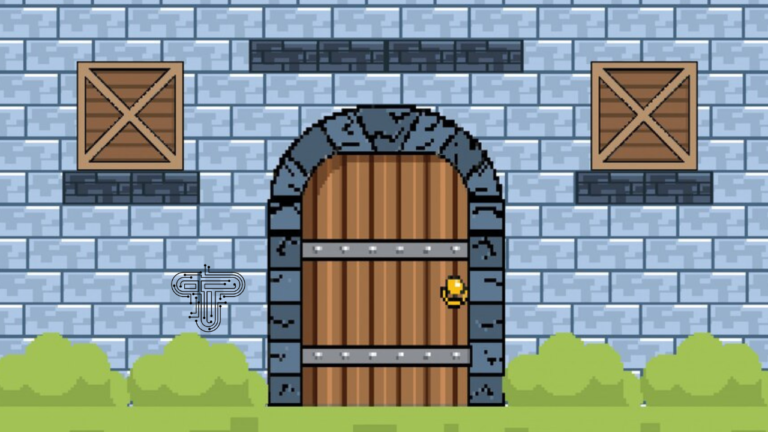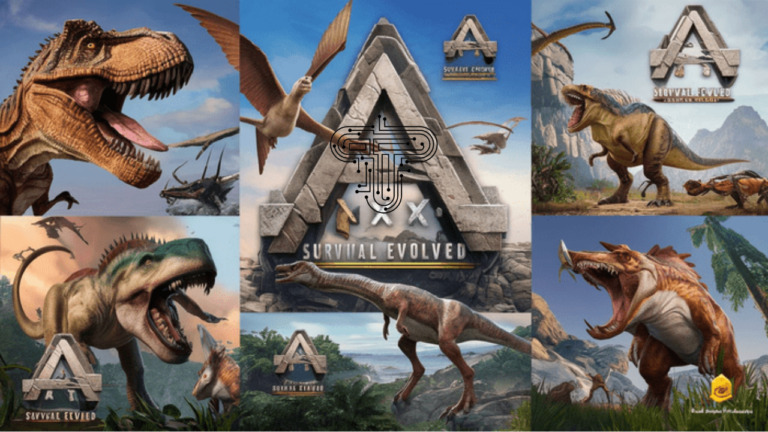Game Translation Checklist: What to Prepare Before Going Global
Introduction
The gaming industry is a global phenomenon, with players from all over the world eager to embark on new adventures. For game creators and publishers, this represents a tremendous potential to broaden their reach and enter new markets. However, expanding globally is not as simple as flipping a switch. One of the most critical stages in this process is game translation.
Without it, your game could be lost in translation—literally. To ensure your game connects with gamers worldwide, you’ll need a rigorous checklist and a reputable professional translation service online to help you through the process.
Why Game Translation Matters
Translating your game offers new audiences, increasing income and player engagement. Gamers want to connect with the content that they enjoy, and giving your game in their native language strengthens that relationship. Beyond financial incentives, game translation promotes brand commitment. Players love it when creators take the time to consider their cultural subtleties, making them feel important.
Game translation entails more than simply transferring text from one language to another. It’s about giving players an experience that seems natural to them no matter where they are. When done correctly, translation can dramatically improve your game’s success. Players are more inclined to interact with a game that speaks their language, both literally and culturally. This involvement leads to longer playtimes, improved retention rates, and a stronger fan base.
However, game translation is more than just a way to satisfy players; it is also a strategic business decision. By investing in business translation solutions, you not only broaden your audience but also establish yourself as a developer who prioritizes inclusivity and accessibility. These skills help you stand out in a competitive sector like gaming.
Preparation Steps for Game Translation
Before beginning the translation process, it’s critical to lay the groundwork. Proper preparation ensures that your game is precisely translated and modified to resonate with your intended audience. Here is what you should consider:
1. Identify Target Languages.
The first step is to decide which languages your game will be translated into. After conducting market research and considering your target audience, this decision should be made. Not all languages will provide the same return on investment, so thoroughly analyze your target demographics. Look for locations where gaming is popular and prioritize those languages accordingly.
For example, if you want to break into the Asian market, languages like Chinese, Japanese, and Korean are required. Consider French, German, and Spanish if you’re interested in European languages. Choosing the appropriate languages ensures that your game reaches the players who are most likely to interact with it.
2. Choose a Translation Method
Once you’ve determined your target languages, the following step is to select a translation method. The discussion about AI vs human translation is ongoing, but the option is obvious when it comes to gaming. While AI can quickly do simple translations, it frequently lacks the nuance and inventiveness required for game content.
This is where fast human translation excels. Human translators provide cultural sensitivity, inventiveness, and extensive knowledge of gaming terminology, ensuring that your game’s tone and style are maintained.
3. Consider Cultural Adaptation
Translation is more than simply words; it is about context. Games frequently include cultural references, humor, and idioms that may not be universally understood. A direct translation may make linguistic sense but fail to communicate culturally. This is why cultural adaptation is necessary. For example, a joke that works in English may need to be rewritten entirely for a Japanese audience. Working with translators who understand your target audience’s cultural subtleties can help ensure your game seems authentic and relatable.
Types of Translation Solutions
When it comes to game translation, there is no one-size-fits-all approach. Different projects require different techniques, and recognizing your alternatives is critical to making the best decision.
1. Professional Translation Services
Professional translation services are still the gold standard for achieving high-quality outcomes. These professionals have years of expertise and a thorough understanding of language and culture, ensuring that your game feels fundamental no matter where it is played. These services use skilled translators specializing in gaming content to ensure that each line of dialogue, menu text, and in-game instruction is correct and interesting. By working with a professional translation service online, you can be confident that your game is in qualified hands.
2. Hybrid Translation Solutions
In some circumstances, combining artificial intelligence and human translation can provide the best of both worlds. Hybrid translation solutions use AI for early translations, with human editors refining and polishing the content afterward. This strategy benefits large projects with tight deadlines since it balances speed and quality.
Technical Considerations
Game translation is both a creative and technical endeavor. Examine how translation will interface with your current systems to guarantee a smooth workflow. Here’s when translation API integration comes in handy. APIs enable smooth connections between your game’s backend systems and external translation tools, reducing manual labor and errors.
This type of integration is beneficial for continuous updates or live-service games that require frequent modifications. With the appropriate structure, you can swiftly send fresh content to translators and get polished versions back without disturbing your development cycle. Investing in strong technical infrastructure now will save you trouble down the road. This saves time and lowers the likelihood of errors and inconsistencies.
Tech Blaster
Conclusion
Taking your game global is a thrilling experience, but it takes meticulous strategy and execution. A thorough checklist for game translation guarantees that no element is ignored, from picking the appropriate languages to selecting the finest translation process. Investing in professional translation services online allows you to design a game that connects with players worldwide, increasing engagement and income. Remember that translation is more than words; it is about providing a natural experience to all players. So, before you go worldwide, spend some time to prepare. Your players will thank you, as will your bottom line.







